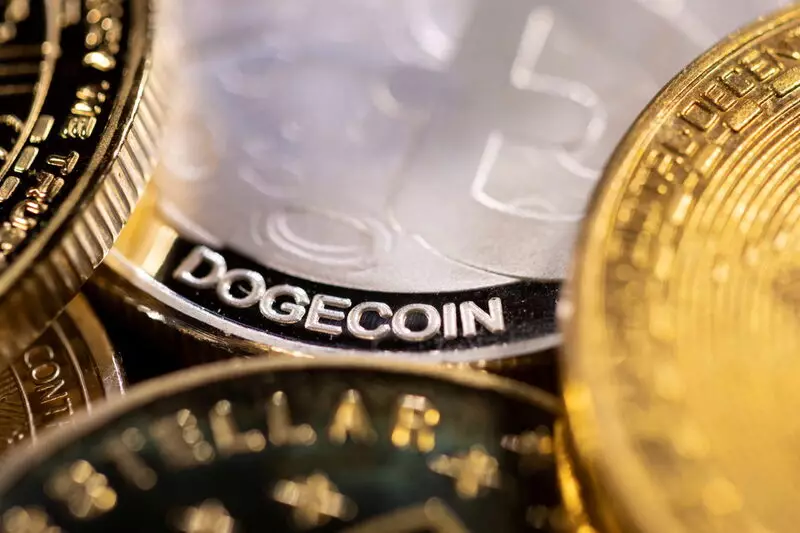The Political Influence on Cryptocurrency Markets: Analyzing Bitcoin’s Recent Surge

In recent weeks, the cryptocurrency market has experienced significant fluctuations, particularly visible in the dramatic rise of Bitcoin. This uptick in value coincided with the favorable political environment linked to Donald Trump’s electoral victory, which has sparked renewed excitement among cryptocurrency investors. Understanding the various factors influencing these recent trends allows us to better grasp the broader implications for Bitcoin and the entire crypto market.
The potential for a more cryptocurrency-friendly regulatory environment under Trump could be pivotal in shaping investor sentiment. His campaign rhetoric indicated a commitment to making America the world leader in cryptocurrency regulation. The promise of streamlined policies could serve to legitimatize Bitcoin and other digital assets in the eyes of institutional investors, who have historically approached the crypto market with caution. Recent spikes in investment activity, such as the significant inflow into BlackRock’s iShares Bitcoin Trust, demonstrate that investor confidence can surge in response to perceived positive regulatory changes.
Moreover, Trump’s hints at establishing a national Bitcoin reserve have further ignited speculation. This concept, while still vaguely articulated, suggests the possibility of the U.S. government backing Bitcoin to some extent, which would be a radical shift from the current hands-off approach by regulators. The notion of state endorsement might also increase adoption rates among retail investors, potentially propelling Bitcoin into everyday financial transactions.
Bitcoin’s remarkable rise to nearly $89,000, despite a stronger U.S. dollar, raises questions regarding the conjunction of currency performance and investment appetite in the cryptocurrency landscape. Traditionally, some investors view Bitcoin as a hedge against dollar inflation, yet its resilience amid a strengthening dollar showcases its evolving role in the market. Interestingly, the cryptocurrency defied pressures arising from trends observed in traditional equity markets, where risk aversion has been more pronounced.
As Bitcoin climbed, other significant players like Dogecoin also enjoyed a notable boost, reflecting the broader trend of investor enthusiasm in the crypto sphere. Dogecoin’s increase of nearly 42% demonstrates how even meme coins can command substantial market attention, especially when associated with increasing visibility of influential proponents like Elon Musk. His rumored potential collaboration with Trump’s administration could further enhance Dogecoin’s profile, thereby attracting a wider audience.
Despite the positivity permeating cryptocurrency investments, challenges remain, notably the evolving situation surrounding the defunct Mt. Gox exchange. Reports of $2.4 billion in Bitcoin being moved to new wallets linger ominously, given the historical context of Mt Gox’s troubled past and its unresolved liabilities towards creditors. The prolonged timeline for distributing these assets until late 2025 may induce apprehension among investors. While market fears appear to have been muted in response to the mobilization of funds, the potential for increased sell pressure could create volatility in future trading sessions.
Thus, while the current surge in Bitcoin’s price reflects a bullish sentiment in the market, contingent on external political factors and regulatory pathways, it is crucial for investors to remain cautious. The historical precedents set by Mt Gox serve as a reminder that unforeseen developments can lead to rapid shifts in the cryptocurrency landscape.
The key takeaway from the recent performance of Bitcoin and the surrounding altcoins lies in their attractiveness to institutional investors spurred by favorable regulatory developments. The burgeoning interest in crypto exchange-traded funds and the increasing legitimacy offered by a potential Trump administration promise a bright outlook for the sector. Additionally, major cryptocurrencies like Ethereum, XRP, and Solana also demonstrate strength, reflecting robust market dynamics across various digital assets.
In light of these factors, the future trajectory of Bitcoin and its peers may be shaped significantly by political developments and regulatory approaches. Adaptation and innovation will remain crucial as the market continues to evolve, and stakeholders across the board must be prepared for the ebbs and flows that characterize this dynamic industry. Whether Bitcoin will maintain this trajectory or face new challenges remains to be seen, but the interplay between politics and cryptocurrency will undoubtedly define the path forward.





